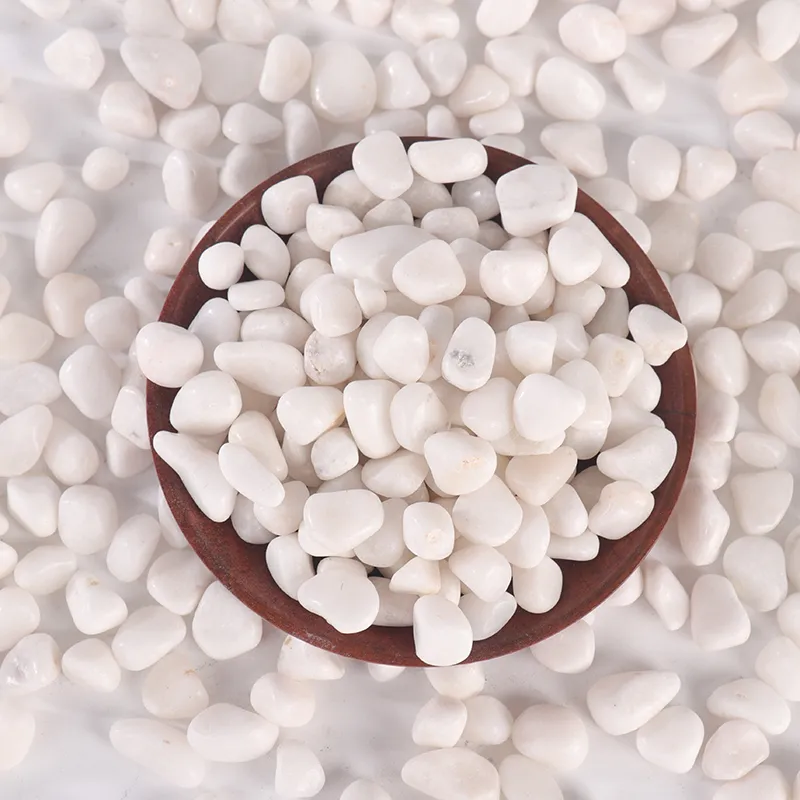7 月 . 29, 2024 03:27 Back to list
Exploring the Versatility of Cobblestone and Gravel in Outdoor Landscaping Designs
The Beauty and Versatility of Cobblestone and Gravel
Cobblestones and gravel have long been integral elements of landscape design and urban development, celebrated for their historical significance, aesthetic appeal, and practical applications. As part of the evolving narrative of human civilization, these materials not only shape our streets and pathways but also offer a window into the past, connecting us to previous generations.
Historically, cobblestones were commonly used in ancient road construction. The hard-wearing nature of stones like granite, basalt, and sandstone made them ideal for creating durable road surfaces. In medieval Europe, cobblestone streets became a hallmark of urban architecture, providing a firm footing for horse-drawn carriages and pedestrians alike. To this day, many historic towns preserve these charming streets, inviting visitors to step back in time and experience the ambiance that cobblestone roads evoke.
The Beauty and Versatility of Cobblestone and Gravel
Gravel, on the other hand, is known for its practicality and functionality. It is an essential material in construction and landscaping, often used for driveways, pathways, and drainage solutions. Gravel is not only economical, but it also provides excellent drainage, reducing the risk of water pooling or flooding in landscaped areas. The crunch of gravel beneath one’s feet or tires creates a certain charm that resonates with nature, making it a popular choice in gardens and rural settings.
cobblestone gravel

The environmental benefits of gravel are increasingly recognized as well. Gravel pathways do not require sophisticated drainage systems, as the porous nature of gravel allows rainwater to infiltrate the ground, recharging the local aquifer and minimizing runoff. Additionally, the use of local stone for gravel can reduce transportation emissions, making it an eco-friendlier option compared to concrete or asphalt.
Combining cobblestones and gravel can yield remarkable results. For instance, a cobblestone border around a gravel driveway not only enhances the visual appeal but also helps in delineating spaces clearly. Such integrations can soften the hard lines often associated with traditional urban landscapes, creating more inviting environments. The juxtaposition of textures adds depth to any outdoor space, making it visually stimulating.
Moreover, the maintenance of cobblestone and gravel landscapes tends to be less labor-intensive compared to other materials. Regular raking and occasional topping up of gravel are usually sufficient to keep pathways looking fresh. Cobblestones, while occasionally requiring resetting or repairs, often stand the test of time, contributing to their long-lasting appeal.
In conclusion, cobblestone and gravel are more than just building materials; they are expressions of art and practicality in our built environment. Their historical roots, aesthetic versatility, and eco-friendly attributes make them favored choices in both urban and rural landscapes. As we design our spaces and recount our histories, embracing the charm and functionality of cobblestones and gravel is not only a nod to the past but also a step towards sustainable and beautiful living options in our communities.
-
Tumbled Nephrite Jade in Feng Shui: How to Attract Balance and Prosperity
NewsOct.18,2024
-
Nephrite Jade in Home Décor: Bringing Earthy Elegance to Your Living Space
NewsOct.18,2024
-
How to Spot Authentic Tumbled Nephrite Jade: A Buyer’s Guide
NewsOct.18,2024
-
Healing Properties of Tumbled Nephrite Jade: A Look into Ancient Wellness Practices
NewsOct.18,2024
-
Ethical Sourcing of Nephrite Jade: Ensuring Sustainable and Fair Trade Practices
NewsOct.18,2024
-
Caring for Your Tumbled Nephrite Jade: Maintenance Tips for Longevity
NewsOct.18,2024






